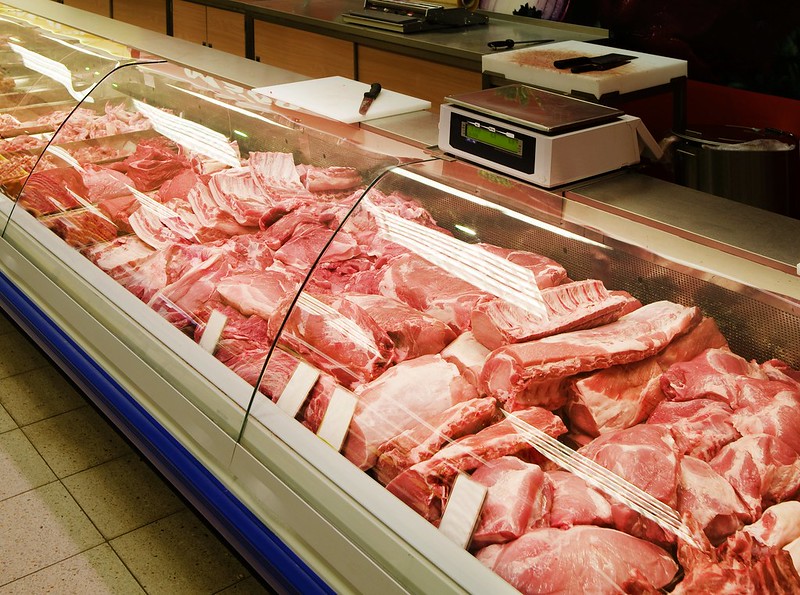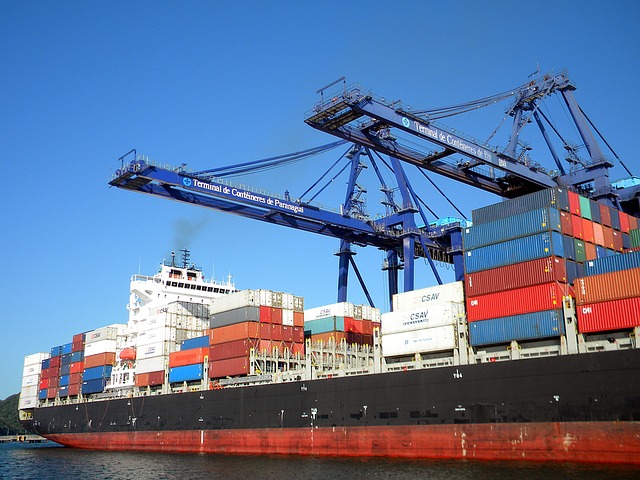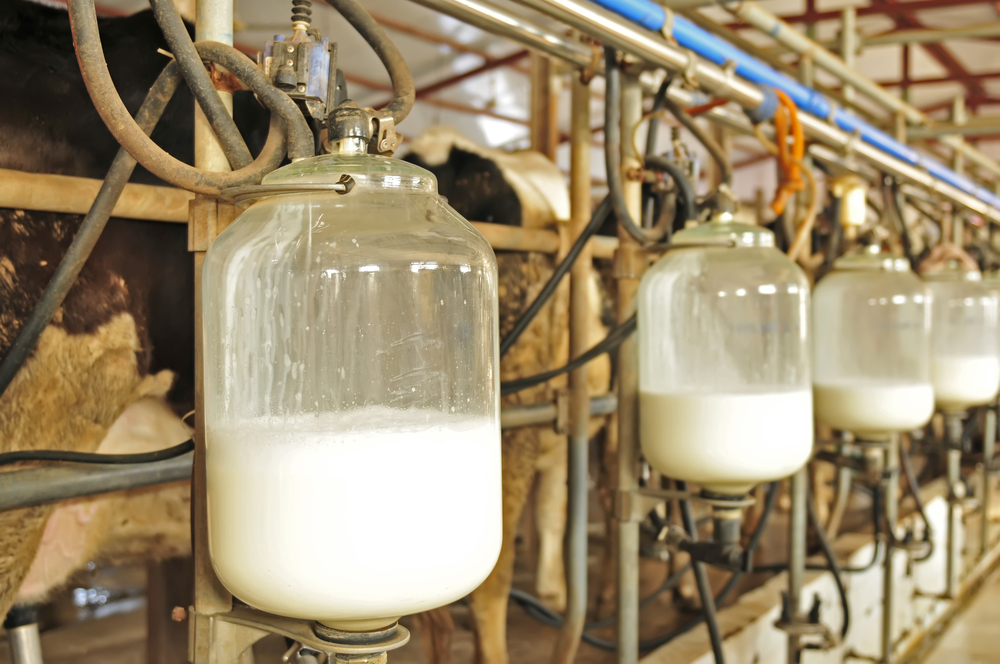



Weekly beef and dairy digest: warnings of water shortages in Western US
Latest news in the global beef and dairy industry
Western US states face first federal water cuts
US officials on 16 August declared the first-ever water shortage from a river that serves 40 million people in the West, triggering cuts to some Arizona farmers next year amid a gripping drought.
Water levels at the largest reservoir on the Colorado River — Lake Mead — have fallen to record lows. Under a 2019 drought contingency plan, Arizona, Nevada, California and Mexico agreed to give up shares of their water to maintain water levels at Lake Mead. The voluntary measures weren’t enough to prevent the shortage declaration. Eventually, some city and industrial water users could be affected.
Arizona will be hardest-hit and lose 18% of its share from the river next year, or 512,000 acre-feet of water. That’s around 8% of the state’s total water use. An acre-foot is enough water to supply one to two households a year. Nevada will lose about 7% of its allocation, or 21,000 acre-feet of water. But it will not feel the shortage mainly because of conservation efforts. California is spared from immediate cuts because it has more senior water rights than Arizona and Nevada. Mexico will see a reduction of roughly 5%, or 80,000 acre-feet.
Farmers in central Arizona, who are among the state’s largest producers of livestock, dairy, alfalfa, wheat and barley, will bear the brunt of the cuts. Their allocation comes from water deemed “extra” by the agency that supplies water to much of the region, making them the first to lose it during a shortage. As a result, the farmers will probably need to fallow land — as many already have in recent years because of persisting drought — and rely even more on groundwater, switch to water-efficient crops and find other ways to use less water.
USDA clears another Brazil plant to export meat to US
USDA’s Food Safety and Inspection Service announced that as of 12 August, Mafrig Global SA (establishment (3250) has been added to the list of eligible plants that have been certified to export meat to the US.
US beef sales disappoint again, but exports keep their pace
US beef net sales of 11,100 metric tonnes (MT) reported for 2021 were down 18% from the previous week and 42% from the prior four-week average. Increases primarily for Japan (2,800 MT, including decreases of 400 MT), South Korea (2,800 MT, including decreases of 400 MT), China (1,800 MT, including decreases of 300 MT), Taiwan (900 MT, including decreases of 100 MT), and Mexico (600 MT, including decreases of 100 MT), were offset by reductions for Colombia (100 MT).
Exports of 19,700 MT were up 6% from the previous week, but down 1% from the prior 4-week average. The destinations were primarily to South Korea (5,600 MT), Japan (4,700 MT), China (4,200 MT), Mexico (1,200 MT), and Taiwan (1,100 MT).

US dairy aid announcements expected
USDA Secretary Tom Vilsack will be in Vermont with Senator Pat Leahy (D-Vt.) and is expected to make dairy aid announcements. Expectations are that dairy aid will be announced by Vilsack, including aid that was a part of the December COVID-19 aid package.
USDA initially announced broad outlines of the assistance in March and then 15 June said that for dairy, it would include $400 million for the Dairy Donation Program (DDP), additional pandemic payments targeted to dairy farmers suffering losses not covered by prior pandemic assistance and around $580 million in supplemental Dairy Margin Coverage (DMC) payments that would be targeted to small and medium-sized farms. Some reports are signaling a smaller level for the additional payments.
USDA’s latest livestock, dairy, poultry outlook
Major destinations for US animal product exports in the first half of 2021 show 12% of US beef production was exported, with about three-quarters of that shipped to Asia. The largest market for US pork is also Asia, accounting for just over half of pork exports in the first half of 2021. Pork exports accounted for 28% of domestic production. Only about 2% of US lamb and mutton production in the first half of 2021 was exported, with a large portion of that going to Mexico and more than half of exports being distributed elsewhere in the world.

The beef and cattle outlook
July’s USDA, National Agricultural Statistics Service Cattle report estimated the US cattle herd at 100.9 million head, 1% less than the 2020 estimate, and the 2021 calf crop is expected to be down slightly from last year at 35.1 million head.
The 2021 beef production forecast was reduced by 33 million pounds from last month to 27.872 billion pounds, based primarily on lighter expected carcass weights through second-half 2021. The 2021 annual price forecasts for fed and feeder steers were raised to $121.2 and $145.1 per cwt, respectively, from last month.
US beef imports totaled 320 million pounds, 3.9% or 12.1 million pounds larger than a year ago. The 2021 and 2022 annual forecasts for beef imports were raised from last month to 3.117 and 3.150 billion pounds, respectively. US beef exports in June totaled 267 million pounds, up 85 million pounds from a year earlier. The 2021 and 2022 annual forecasts for beef exports were lowered from last month to 3.384 and 3.270 billion pounds, respectively.
Latest US dairy outlook
The all-milk price forecast for 2021 has been lowered to $17.95 per hundredweight (cwt), $0.35 lower than last month’s forecast, due to relatively low wholesale domestic prices for most dairy products in recent weeks, recent downward trends in international prices, lower expected domestic demand, high stock levels, and higher expected imports.

The all-milk price forecast for 2022 has been lowered to $17.85 per cwt, $0.65 lower than last month’s forecast, as relatively low prices and high stock levels in 2021 are expected to carry forward into 2022.
USDA weekly US dairy retail report
Advertised Prices for Dairy Products at Major Retail Supermarket Outlets ending during the period of 13 August to 19 August.
Total conventional dairy advertisements are down 3%, while total organic dairy ads decreased 30% from week 31. Conventional ice cream in 48 to 64-ounce containers was again the most advertised dairy item. The national weighted average advertised price for conventional ice cream in 48 to 64-ounce containers is $2.97, up 9 cents from last week. The national weighted average advertised price for conventional 1-pound butter is $3.06, up 25 cents from last week.
This week, conventional cheese ads decreased 3% compared to the prior week, while organic cheese ads made a reappearance to the retail survey. The national weighted average advertised price for organic 8-ounce cheese shreds is $4.00 compared to conventional 8-ounce cheese shreds, $2.74. The conventional price is 14 cents above the price last week. The weighted average advertised price for conventional 8-ounce cheese blocks, $2.67, is 10 cents above the price from last week.

The national weighted average advertised price for conventional Greek yogurt in 4 to 6-ounce containers is $0.96, down 1 cent from last week. Conventional yogurt in 4 to 6-ounce containers has a weighted average advertised price of $0.52, up a nickel from last week. Conventional yogurt ads increased 21%, while organic ads decreased 65%.
Conventional milk ads decreased 74% and organic milk ads decreased 4 percent. The national weighted average advertised price for conventional half gallon milk is $2.51, up 95 cents from last week. For organic half gallons, the national weighted average advertised price is $3.98, up 13 cents from last week. The resulting organic price premium is $1.47. Organic half gallon milk is the most advertised organic dairy item for the week.
TheCattleSite News Desk
IMPORTANT NOTE: I am not a futures broker and do not manage any trading accounts other than my own personal account. It is my goal to point out to you potential trading opportunities. However, it is up to you to: (1) decide when and if you want to initiate any traders and (2) determine the size of any trades you may initiate. Any trades I discuss are hypothetical in nature.
Here is what the Commodity Futures Trading Commission (CFTC) has said about futures trading (and I agree 100%): 1. Trading commodity futures and options is not for everyone. IT IS A VOLATILE, COMPLEX AND RISKY BUSINESS. Before you invest any money in futures or options contracts, you should consider your financial experience, goals and financial resources, and know how much you can afford to lose above and beyond your initial payment to a broker. You should understand commodity futures and options contracts and your obligations in entering into those contracts. You should understand your exposure to risk and other aspects of trading by thoroughly reviewing the risk disclosure documents your broker is required to give you.




